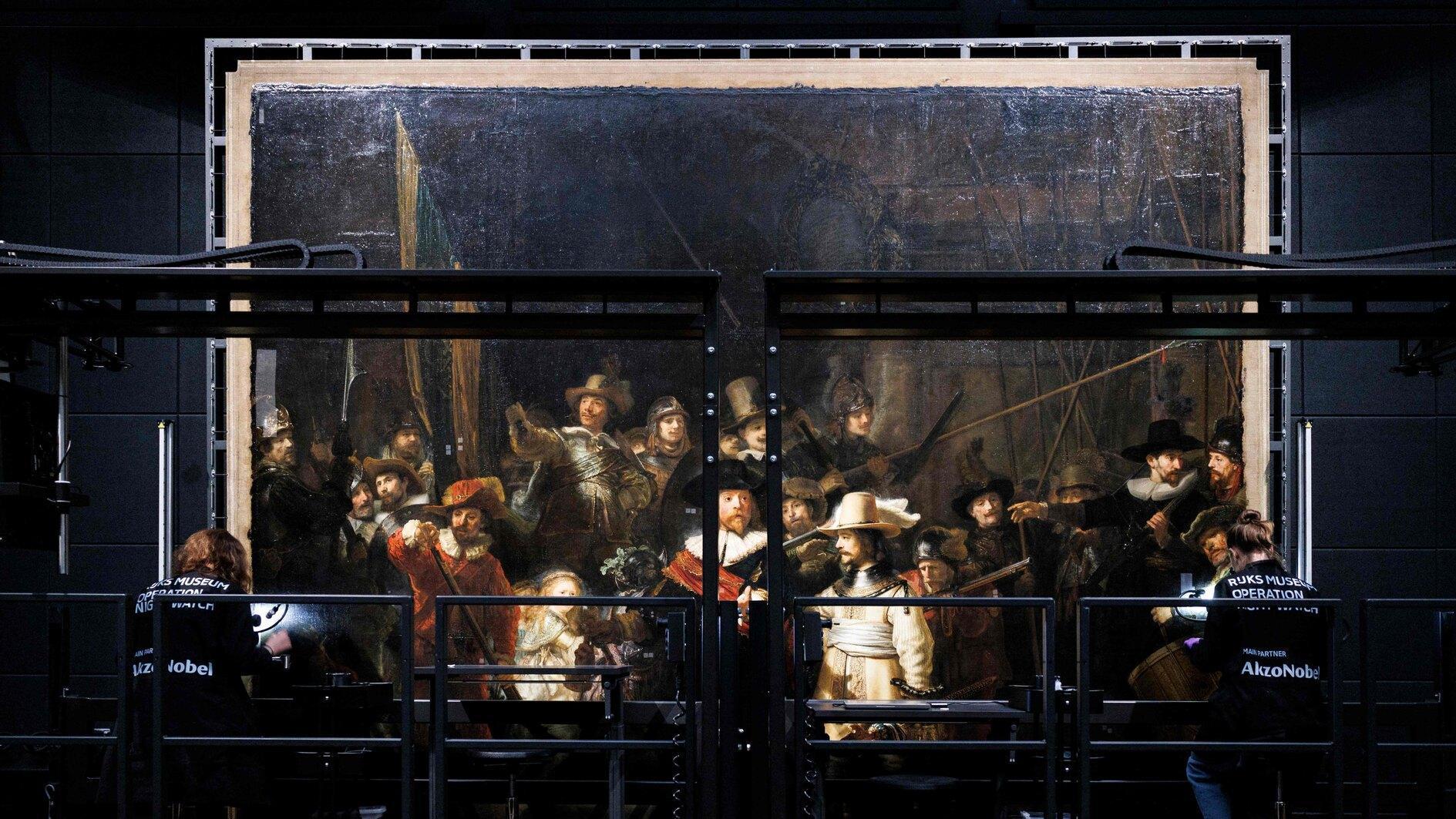Europe’s refugee saga
The European Union has been struggling to cope with the steady influx of people fleeing from turmoil, conflicts and harsh conditions in the Middle East, Africa and Asia for years. But the matters came to a tipping point after mainly Syrian and Afghan refugees pushed their way onto the EU over the summer amid several drowning incidents in the Mediterranean Sea.
However, the EU is not alone in this latest crisis, which has already become the biggest refugee movement in Europe since World War II. In fact, neighboring countries have been shouldering the main burden of the people fleeing from unstable regions. According to the United Nations High Commissioner for Refugees (UNHCR), Turkey is currently hosting more than 2 million refugees just from Syria alone, while Lebanon hosts over 1 million and Jordan hosts 600,000, but they have received little support from the international community.
EU members started to consider policy options to cope with the crisis only after the waves of refugees crossed the Balkans toward Germany and Western Europe. So far, no durable solution has been found and the EU remains typically divided. The current EU asylum policy, the so-called Dublin System, is ineffective with the inherent weakness of delegating all the responsibility to deal with an emerging problem to frontier countries.
Although the EU decided on Sept. 22 to relocate 120,000 refugees from Greece and Italy to other members (the United Kingdom opted out of sharing the burden), it remains a cosmetic touch, solving nothing. Along the way, Germany has suspended Schengen rules and Hungary, Slovenia and Croatia have closed their borders to try to limit the daily refugee flows.
While these unilateral crackdowns are damaging the EU’s main values and principles, the European Council decision on Oct. 15 to cooperate with third countries to stem the flow, strengthen the protection of the EU’s external borders and ensure the return of refugees demonstrated yet again a very Euro-centric approach to a global problem.
As the crisis and pressure at home grew, German Chancellor Angela Merkel visited Turkey on Oct. 19 to ask for Turkey’s cooperation in curbing the refugee flow toward Europe. Although she reiterated her longstanding objection to Turkey’s full membership in the EU ahead of her visit, Turkish leaders immediately tied the issue with the membership process.
When they met in Istanbul, Turkish Prime Minister Ahmet Davutoğlu stipulated four demands in return for Turkey’s support to Europe: The opening of several chapters for negotiation, visa liberalization for Turkish citizens, substantial additional financial support by the EU, and extending invitations to Turkish leaders for EU summits. Although Merkel has pledged her personal support for these demands, it is the European Council that will ultimately decide, and some members have already registered their unease at linking the Turkish membership process with the refugee crisis.
On the other side, while the proposed 3 billion-euro aid package as part of an “EU-Turkish Joint Action Plan” might assist Turkey’s efforts to improve existing refugees’ living conditions in Turkey and prevent the flow of people in the short-run, it will not resolve the problem completely. For that, the EU has to come up with a comprehensive common strategy rather than try to buy the goodwill of the transit countries with promises.
Clearly, combining the refugee crisis with the strategic interests and political concerns of transit countries and EU members without addressing its root causes and humanitarian aspects will not solve the problem; it will only postpone it.











